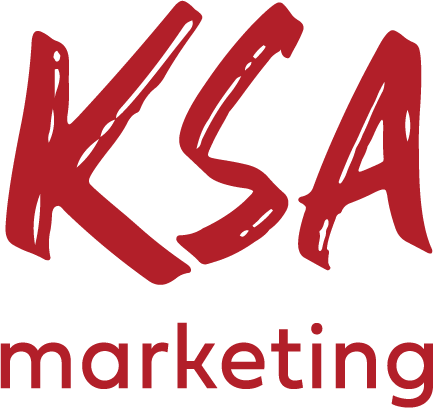The exchange of feedback between a client and agency can be a tricky road to navigate, but it is an essential aspect of creating a successful partnership. In order to reach the shared end goal of improving the client’s business, the agency needs feedback. There is an inevitable back and forth you can expect to have with a client because it’s not realistic to expect that we, as an agency, are going to hit the nail on the head every time and create their exact vision. In order to give the client what they want, they need to tell the agency where it might be missing the mark.
Agencies don’t just need feedback, they need good feedback. Look at it like a game of pin the tail on the donkey. The client is asking the agency to step in and pin the tail on the donkey for them. If the client gives bad feedback and can’t explain what they want, they are basically asking the agency to pin the tail on the donkey blindfolded, and we all know how that ends. Trying to pin the tail on the donkey blindfolded and giving bad feedback both make it nearly impossible to successfully reach the end goal.
As the agency, we aren’t putting all the blame on the client. Clients hire us to help them, so it becomes our responsibility to help them articulate their wishes. We encourage feedback because it will help us create the best results and reach our end goal, key word our because we have the same goal as our client. Better feedback helps us understand specifically what the root of the problem is. We want to understand the why; why they aren’t agreeing with what we did or why they don’t like a particular layout. Knowing the why explains where our client’s suggestions are coming from.
Make sure the client understands if the agency disagrees with or questions their feedback, it is being done for their benefit. The agency wants to make sure the client remembers they are hiring us for our expertise and guidance, not for us to just agree with everything they are saying.
There are several characteristics which define helpful feedback and the agency should emphasize these to make sure the client understands how they can most effectively communicate with the agency.
Feedback: Set the precedent with the client from the beginning that in order to succeed, the agency needs all relevant feedback. Provide the client with the best way to provide their input. Explain vague feedback is not helpful. To succeed and get the work done right and quickly, it’s best to give as much detail as possible. By establishing this early on, it will help the client turn giving feedback into a habit.
Honesty: Be upfront about the agency needing complete honesty in order for the feedback to be useful. Being honest saves time, and results in better quality of the final product. If the client is honest initially and provides specific comments about the things they don’t like, it will give the agency a better idea of what direction to move in going forward and decrease the amount of attempts it will take to create the client’s vision.
Ask Why: Constantly asking the client “why” in the beginning stages will force them to explain their rationale so they have to think more about what they really want; it will teach the client to incorporate specifics naturally into their feedback. For example, if the client says they want the logo bigger, ask them why. It will make them think about it and get to the root of the problem, such as maybe the design itself is bothering them, which making the logo bigger won’t solve. This avoids jumping to a quick solution which might need to change again further down the road.
Refer back to goals: Make sure the agency and the client think about how the feedback will help reach the stated goals. This will make the client really think about what they are trying to change and whether or not it aligns with the goals of the project. The feedback should be actionable to improve the project.
Timely: The feedback must be given as soon as possible to save time. Make sure the client understands it could be more time-consuming, and costly, for them to bring up their concerns later and asking the agency to backtrack on work already done. Continuing the logo example, if the client has an issue with the logo, feedback needs to be given immediately because the logo will be implemented in all of the next steps moving forward and it will be a lot more work to go back and change it afterwards.
Ultimately, it comes down to the efficiency of the communication because feedback is part of communication. Effective communication, which is specific, detailed, and timely, leads to good feedback. If communication fails, the agency won’t be able to meet the needs of the client. By instilling these aspects of communication with the client from the very beginning of the project the agency will be able to improve the client’s feedback and ultimately allow the agency team to work more efficiently. It is the agency’s responsibility to guide its clients on how to give constructive feedback.

